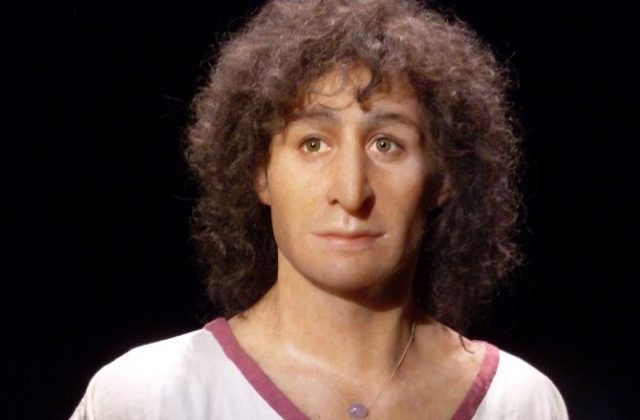MI weekly selection #183

Ancient Phoenician’s genome sequenced
A Phoenician who lived 2,500 years ago near Carthage had European ancestors, according to researchers who sequenced his mitochondrial genome after collecting DNA from his remains. The Phoenician’s ancestry was traced back to the European haplogroup U5b2cl, connected to the North Mediterranean and possibly the Iberian Peninsula.
Protein linked to Alzheimer’s may be triggered by infections
A protein linked to the development of Alzheimer’s disease could be the leftovers from the brain’s fighting of infections, causing the plaque associated with Alzheimer’s. So far, tests have shown this to be the case in yeast, roundworms, fruit flies and mice.
Tree cloud-seeding experiments may have impact on climate predictions
It may have been cloudier during pre-industrial times, possibly throwing off estimations of carbon dioxide’s warming effects, according to new studies that suggest trees release molecules that can seed clouds. The findings suggest that sulfuric acid may not be necessary for particular kinds of cloud formation. The studies could have implications for climate change predictions.
Colliding black holes may be dark matter
A pair of new studies suggest that the black holes that collided to create gravitational waves detected by the Laser Interferometer Gravitational-Wave Observatory may actually be dark matter made of primordial black holes. The similar studies, published in Physical Review Letters and Astrophysical Journal Letters, focus on the masses of the colliding black holes.
Improvement of optical clocks may pave way for redefinition of second
Optical clocks may be a more accurate way to keep time globally and may one day lead to a redefinition of the second. Optical clocks were once considered impractical for keeping time, giving way to atomic clocks, but new technology has made them more reliable. Some scientists are pushing for their use over atomic clocks, which can amass an error of about a nanosecond that grows over the years. That number is significantly has now been decreased in optical clocks.